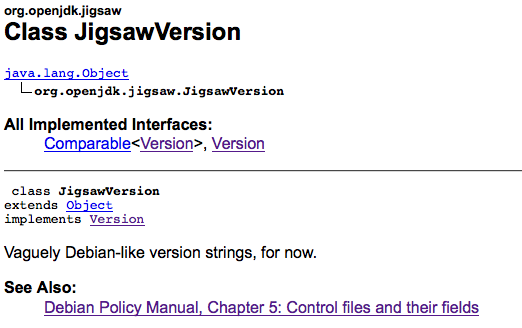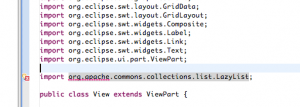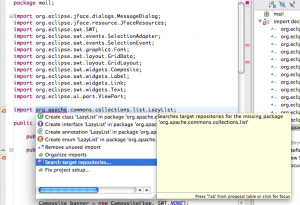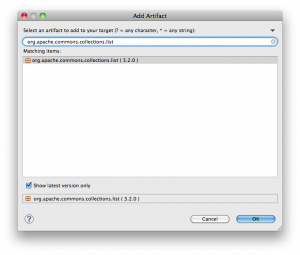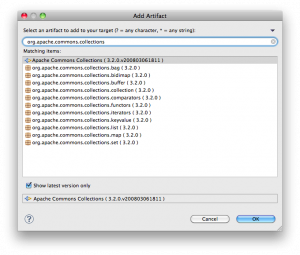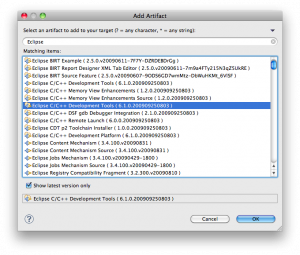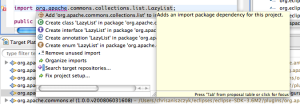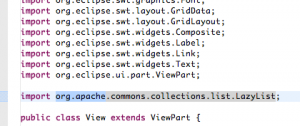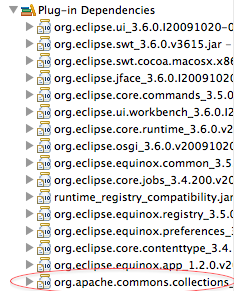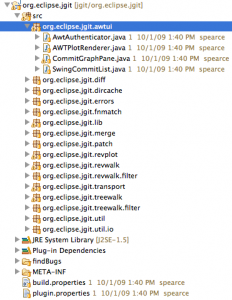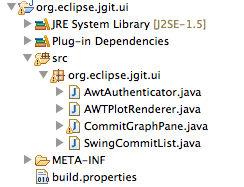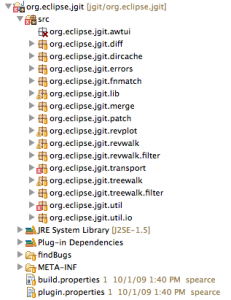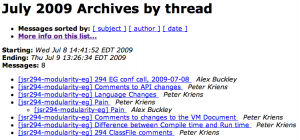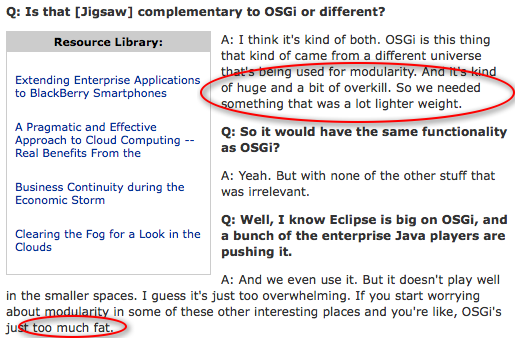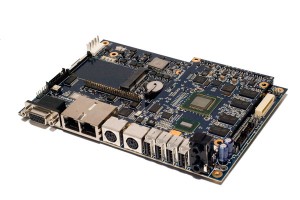I don’t know if it’s just the last sprint before the end of the year for people, but there’s been a decent amount of buzz around software versioning lately. Maybe people (like Mirko Jahn) are just so frustrated with the status quo around versioning.
In the first case, the OSGi community has been blogging about the importance of semantic versioning in regards to the blah approach taken by the Jigsaw project. I find that Peter Kriens wrote an eloquent post about the importance of versioning in module systems like OSGi, especially when it comes to the semantics. In response to JSR 294’s versioning policy (vaguely Debian-like strings), Alex Blewitt has written a funny “JSR294 Fantasy Version Series” featuring a Linux and Roman Numeral versioning scheme. I highly recommend reading Alex’s blog series if you’re in need of a laugh.
I also learned today that the Groovy project is going through a modularization stage since the main Groovy JAR is now over 4MB and there’s a desire to break things apart (I wonder what monsters lurk under that big JAR). I hope the Groovy team considers a hard look at OSGi and also the importance of semantic versioning for its modules. Since it seems Groovy uses Maven as part of its build infrastructure, it should be easy to adopt OSGi with the upcoming Maven3 release and Tycho.
Ok, what about modularity and versioning outside the Java world? Well, to my surprise and excitement, there’s some activity in the Javascript space via the CommonJS group. The purpose of the CommonJS group is to build a JavaScript ecosystem for web servers, desktop and command line apps. As part of this effort, the group is developing a module and package system. While I still think they are a bit crazy, I’m happy to see that they are standardizing their versioning scheme (called SemVer) to include semantics.
If you look deeper into CommonJS and their module system, a lot of the metadata that they are defining for their modules map quite nicely to OSGi. Is it time that OSGi considers stepping out of the comfortable Java space and embrace modularity for other languages like JavaScript? There’s a lot of lessons the OSGi community can give to the modularity newcomers.
Has anyone seen anything else good when it comes to modularity and software versioning?
On a side note, sometimes I wonder if we need something like the Agile Manifesto but for Semantic Verisoning. I’d call it a Semantic Versioning Manifesto where people could sign it and support it. What do people think?



